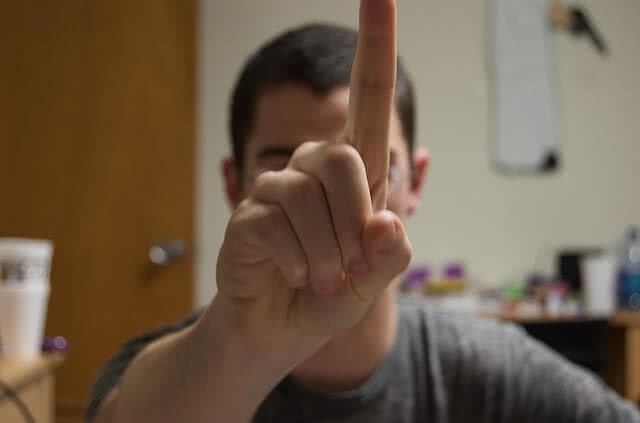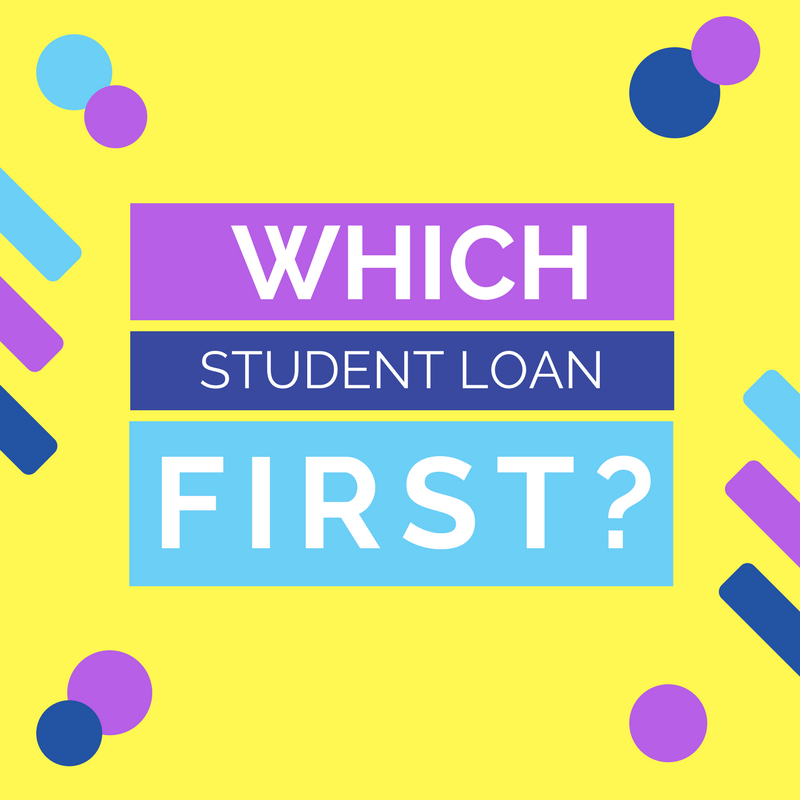Who qualifies for student loan forgiveness? What type of student loans will be forgiven? Which student loans will be forgiven first?
These are just some of the many questions that borrowers ask related to student loan forgiveness. It’s not surprising. Understanding how forgiveness works isn’t easy, with so many underlying conditions, requirements, and limitations related. However, to plan your finances, it’s important to take the time to understand how it works and which student loans will be forgiven first.
Who Qualifies For Student Loan Forgiveness?
The first thing you need to know is whether you’re eligible for student loan forgiveness.
As an individual borrower, you’re eligible to get up to $10,000 of your federal student loans forgiven if your annual income is below $125,000.
Married borrowers are eligible to get up to $10,000 of their federal student loans forgiven if their annual income is below $250,000.
Borrowers who received a Federal Pell Grant in college are eligible to get up to $20,000 of their student loans forgiven. This is provided they meet the income requirements – below $125,000 for individual borrowers and below $250,000 for married borrowers. The $20,000 forgiveness applies even if you received only a partial Pell Grant or you had a Pell Grant for only one year.
What Type Of Student Loans Will Be Forgiven?
This is the second most important thing you need to know so you can determine which of your loans qualify for forgiveness.
Almost all types of federal student loans qualify for forgiveness. This includes all Direct Subsidized and Unsubsidized, Direct Stafford, Parent PLUS, and Graduate loans. Excluded from this list are most Federal Family Education loans (FFEL) and Perkins loans that aren’t held by the federal government.
Private student loans don’t qualify for forgiveness. This is because loan forgiveness is a federal government initiative and private student loans are not offered by the federal government.

Which Student Loans Will Be Forgiven First?
The next on your list of needs to know is which student loans will be forgiven first. Like most borrowers, you most likely have multiple student loans with different terms and interest rates. You can’t decide the order of forgiveness. The federal government has already set an order in which the loans will be forgiven. The good news is the order has been designed to give borrowers the maximum benefit.
1 – Loans That Are In Default
If you have multiple federal student loans, forgiveness will first be applied to those in default. A loan is considered to be in default if the scheduled payment is overdue by at least 270 days.
Defaulting on a loan comes with a high price. You pay a steep late fee penalty in addition to high interest on the outstanding amount till it is cleared. In addition, defaulting on a loan can also damage your credit score. Getting your defaulted loans forgiven first will help reduce your overall student loan debt considerably.
2 – Loans With The Highest Interest Rate
If you have multiple student loans with different interest rates, the loans with the highest interest rate will be forgiven first.
Even if you have multiple loans of the same type, the interest rate on each will be different. This is because the federal government sets a fixed interest rate for each academic year. All loans taken during that year will have the same interest. However, this rate changes every year depending on market conditions.
If you took a federal student loan every year in college, you’ll see that every loan has a different interest rate. In this case, relief will first be applied to your loans with the highest interest rate. Log into your FSA account to find out the interest rates of all your federal student loans.
3 – Most Recent Loan Or Loan With The Lowest Balance
It’s highly unlikely that you’ll have two or more loans with the same interest rate. But it could happen. A different criterion is used to determine which student loans will be forgiven first if multiple loans have the same rate. In this case, several scenarios may apply.
If interest rates are the same, relief is applied to unsubsidized loans first and then subsidized loans.
In subsidy status and interest rate are the same, your most recent loan will be forgiven first. Relief will then be applied to your second most recent loan.
It’s extremely rare that all three parameters – subsidy status, interest rate, and date of disbursement – will be the same. But if it does happen, the loan with the lowest balance (principal and interest combined) will be forgiven first.
5 Important Things To Know About Student Loan Forgiveness
All student borrowers’ circumstances are different. This gives rise to a variety of scenarios that may apply to different borrowers. Here are some things you should know in addition to knowing which student loans will be forgiven first.
1- What happens if the first loan forgiven is less than the forgiveness limit
All federal student loan borrowers who qualify for forgiveness, are eligible to get a specific amount forgiven. The limit is $10,000 for individual borrowers and $20,000 for married borrowers. This relief is applied to your student loans in a specific order.
For example, let’s say you’re an individual borrower and the balance of your first qualifying loan eligibility is only $6,000. In this case, the remaining $4,000 relief (from the total of $10,000) will be applied to your next eligible loan. The same applies to married borrowers. Only the forgiveness limit is higher.
2 – What happens if you owe more than is forgiven
The federal government will only forgive up to the limit it has promised. It will not forgive any more than that. This is regardless of how much student loan debt you have. It will NOT forgive all your federal student loans.
If your student loan balance is more than the forgiveness limit, your payments will resume in June 2023. The good news is that you’ll start with a lower balance as the forgiven amount is deducted from the total. In most cases, this means your monthly payment amounts will be lower too as the repayment timeline remains the same.
You should receive a notification from your loan servicer with details of your reviewed monthly payments. If you don’t receive any notification, be sure to reach out and ask.
3 – What happens if your student loan balance is less than the amount you qualify for
If you’re nearing the end of the loan term, you may have already paid off a large chunk of your debt. And your outstanding balance may be lower than the forgiveness limit. In this case, you’ll only receive the outstanding loan amount.
For example, let’s say you qualify for $10,000 in forgiveness but your student loan balance is only $7000. You’ll only receive $7,000 in relief. When your balance is lower than the limit, the balance is considered the forgiveness limit.
4- Tax implications of student loan forgiveness
All student loans forgiven by the federal government are exempt from federal income tax. However, you may be required to pay state income tax depending on the state you live in. Some states tax the forgiven debt amount, while others don’t. Make sure to check with your state’s Department of Revenue to determine the tax implications in your state.
5 – Student loan forgiveness is supposed to be automatic but don’t assume anything
In theory, relief will be applied automatically to all qualifying federal student loans. But this is a massive undertaking with a lot of variables and a lot of things can go wrong behind the scenes. If you’re eligible for forgiveness, you must be proactive and make sure that the relief is applied to your qualifying loans. Your loan servicer is the best person to speak to if you have any questions or need any clarifications.
Use College Raptor’s new Student Loan Finder to discover personalized loans. Compare lenders and interest rates to find the ideal student loan for you!






